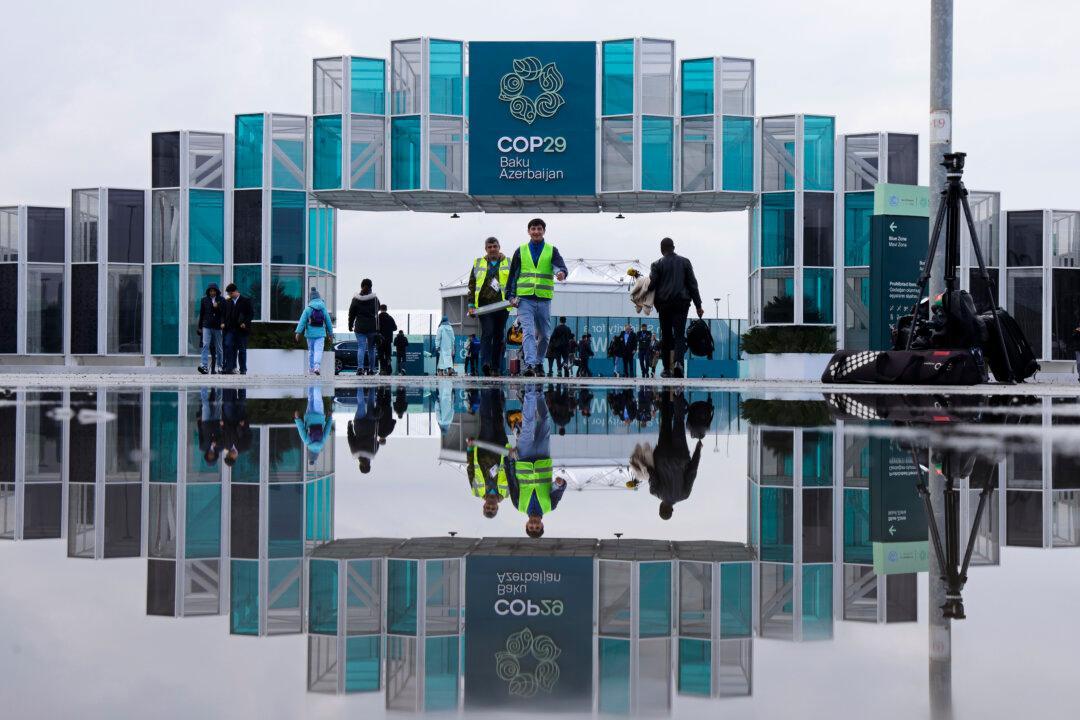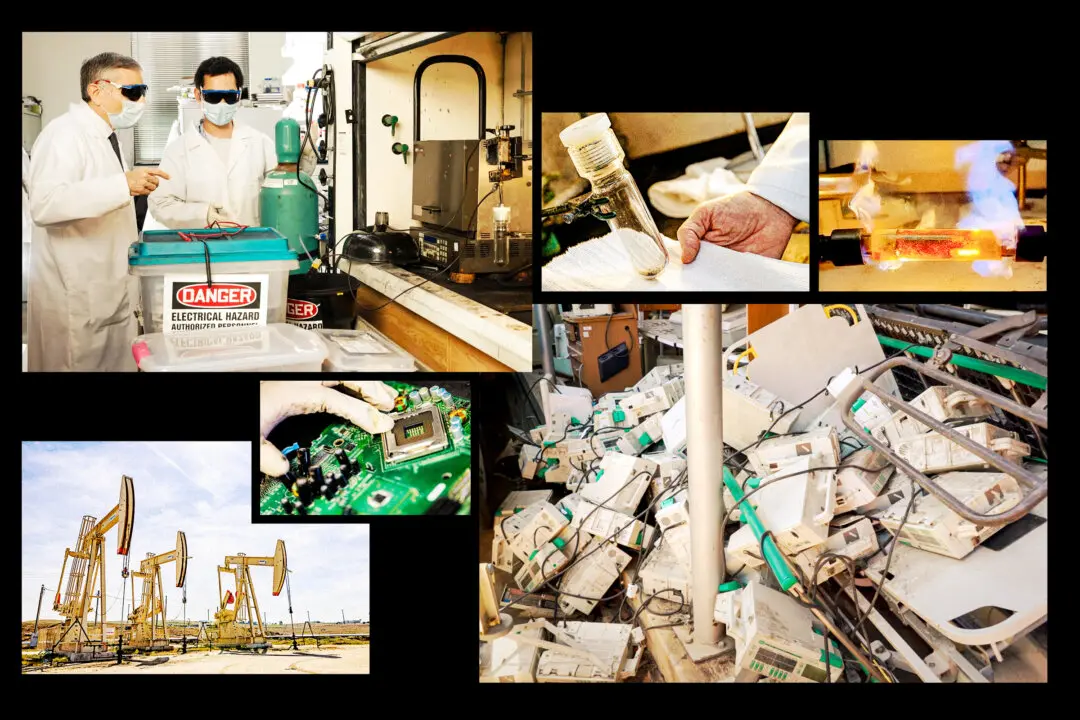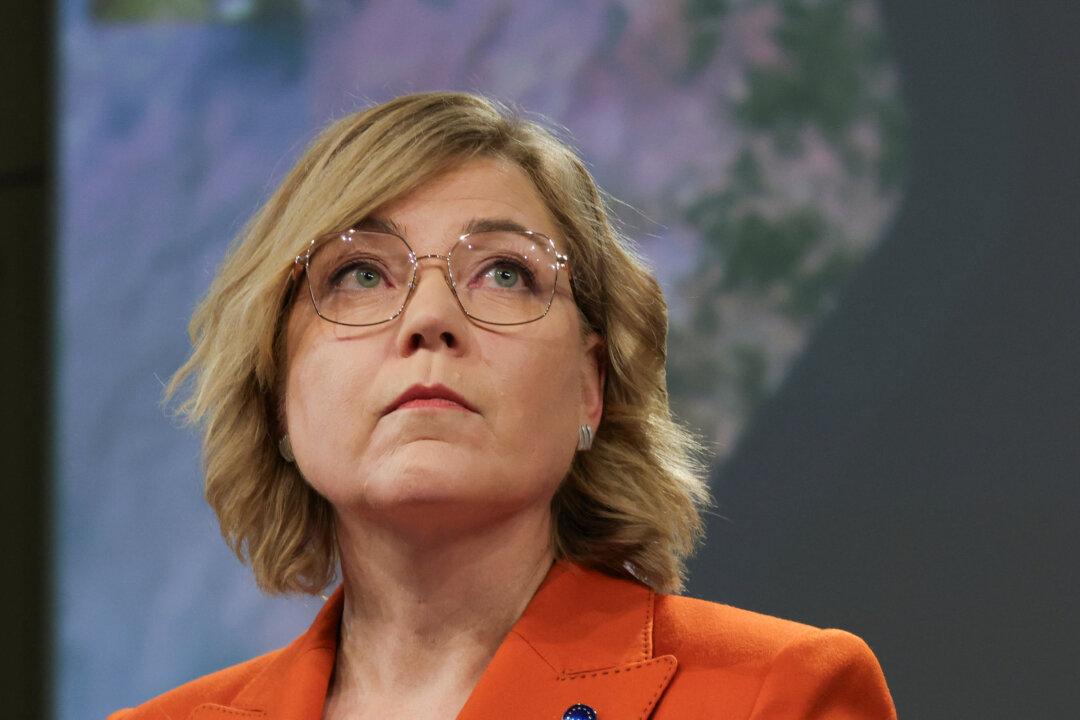A fund aimed at having wealthy nations that profited from fossil fuels during the Industrial Revolution compensate developing countries is taking shape at the COP29 U.N. Climate Summit in Baku, Azerbaijan.
The Loss and Damage Fund, agreed upon at COP27, is now being finalized at COP29, which began on Nov. 11 and runs until Nov. 22.





